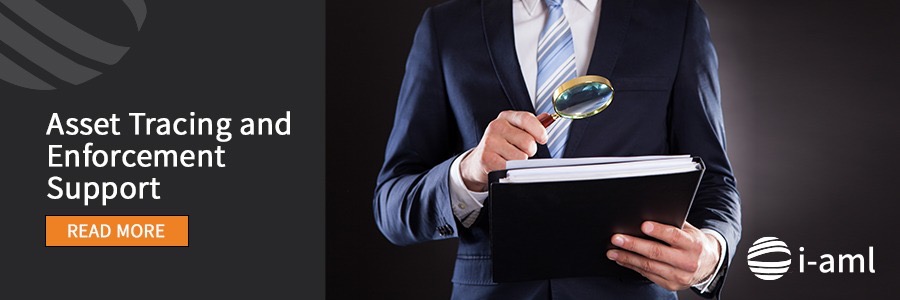Advances in artificial intelligence (AI) make headlines almost daily, while the anti-corruption community is increasingly recognising the impact of intelligent machines. Policy institutions and academics highlight the potential use of AI to detect fraud and corruption.
While this bright side even leads some to proclaim AI as the “next frontier in anti-corruption,” the dark side of AI — as a new powerful enabler of corruption — has received much less attention. This Transparency International working paper introduces the concept of “corrupt AI,” defined as the abuse of AI systems by public power holders for private gain.
..
..
In a digital age, power resides with those who have the code and the algorithms – currently mostly large tech companies and governments. Corrupt AI occurs when power holders abuse this power for their private gain. This paper highlights that they can do so either by designing, manipulating or applying AI systems. Making AI systems more resilient against corruption risks requires novel safeguards.
We call on policy-makers, programmers, private companies and civil society organizations to address three main aspects:
- Develop innovative regulatory frameworks that support the ethical design and implementation of AI as well as mandating model audits.
- Facilitate such audits by ensuring transparent code and data as well as the interoperability of different programming languages.
- Sensitize new powerful actors like data scientists and programmers to AI ethics and anti-corruption through training and codes of conduct.
..
September 9, 2022 Published by The Anti-Corruption Knowledge Hub – Transparency International – European Union.







